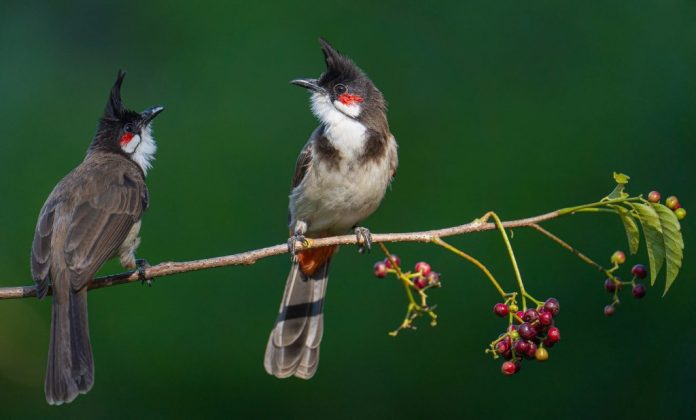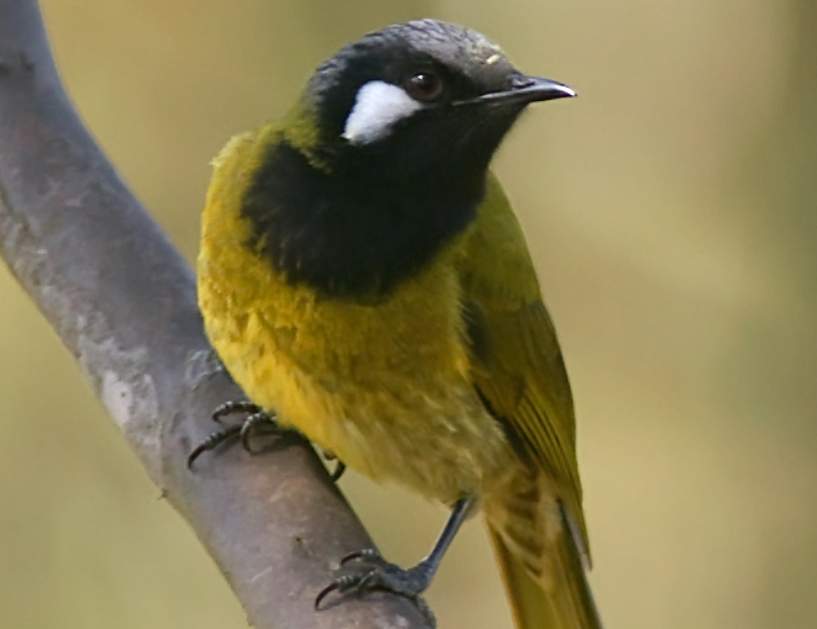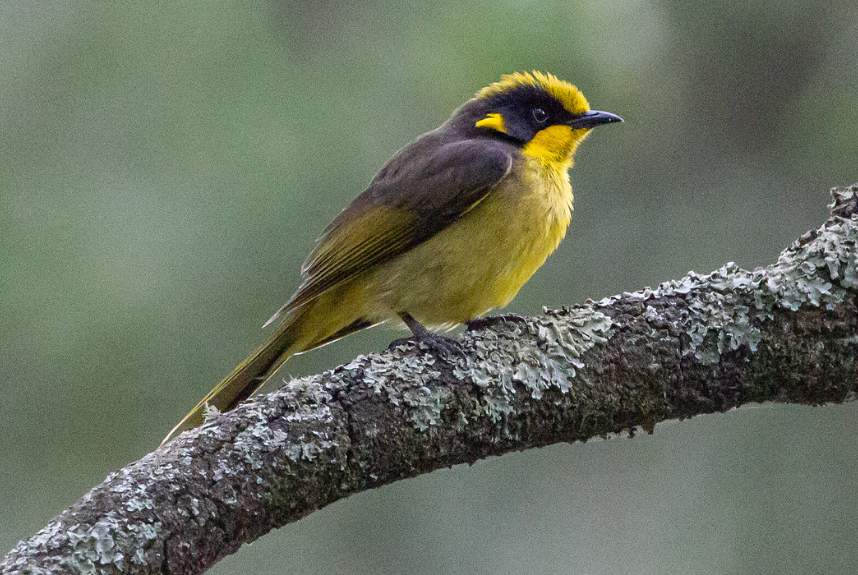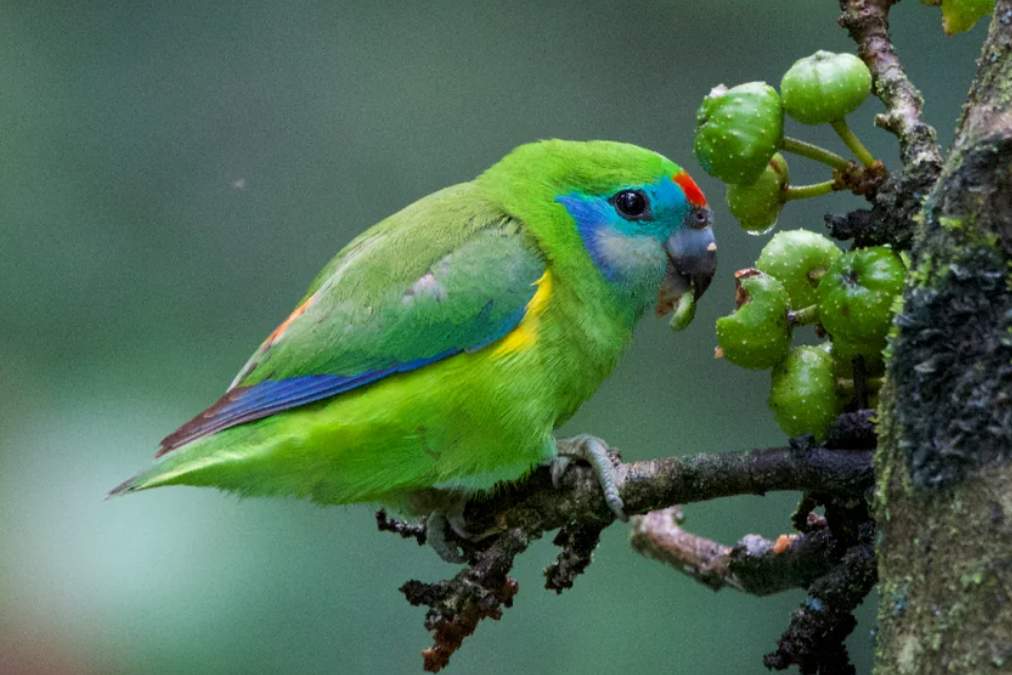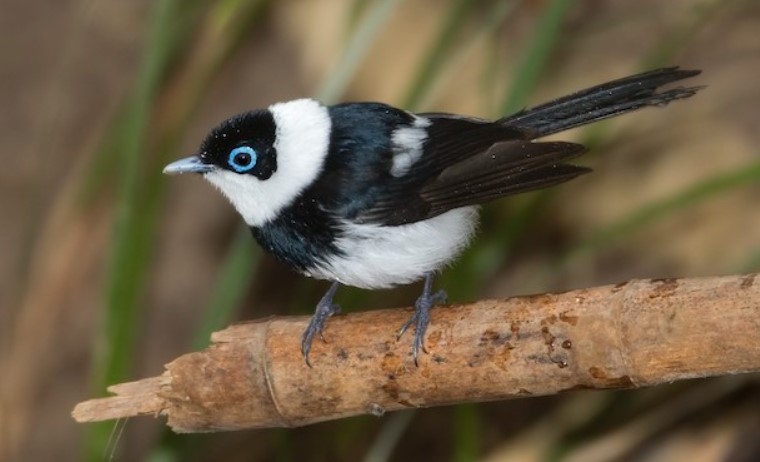The red-whiskered Bulbul (Pycnonotus jocosus) is an active, inquisitive, and sociable bird of the palaeotropics. They live in trees and shrubbery where they eat both insects and fruit, and where their short, rounded wings and long, balancing tails aid their movements through dense growth. Most have distinctively long upper tail coverts; many have hair-like feathers on the nape; and some, like the red-whiskered Bulbul, are crested.
Red-whiskered Bulbul are noisy chatterers, they are southern Asia’s ecological equivalents of Australia’s honeyeaters. In 1880, the Zoological and Acclimatization Society brought red-whiskered bulbuls to Sydney’s suburbs.
Success was limited, and early in the 19th century, others were brought in from China and released. Some escaped from aviaries, and others were sold by dealers as ‘Persian Nightingales’—perhaps liberated intentionally by owners who found their song too noisy and monotonous. Nowadays, they are well-established throughout urban Sydney, with thriving outlying colonies south of Nowra and north of Coffs Harbour.
There is also a colony in the Melbourne Botanic Gardens, and occasional reports come in from Geelong, following releases in the mid-1900s, but attempts to establish them in Adelaide have failed so far. Everywhere in Australia, red-whiskered Bulbuls are commensals of man, keeping like sparrows close to human habitation without entering far into native habitats.
They frequent thickets of shrubbery and undergrowth in parks and along creeks, where they forage for insects, flower buds, and fruit, including the berries of lantana. Gregarious birds commonly group restlessly in twos and threes to 50 or more, chattering persistently, and fly jerkily with stiff, erratic wing beats from thicket to thicket, never far.
They are more often heard than seen, and their red ‘whisker’ or ear patch is noticeable only at close quarters. This is also known as red-eared Bulbu or black-crested Bulul.
The size of the red-whiskered Bulbul is about 210–220 mm in length. Both sexes are similar. The bird has a conspicuous black upright crest about 25 mm high and a black crown and nape. The rest of the upper parts and wings are dull brown.
The tail is dusky, and the outer feathers are tipped white. There is a red ear patch; the cheeks are white, separated from the white throat by a thin black line; and a broad black band from the nape down the sides of the neck. Also, the breast and belly are pale fawns; under the tail coverts, they are red. Eyes, bills, and feet are black. The immature are duller than adults, with a grayer black crown.
Red-whiskered Bulbul is, when perched, a staccato trilling whistle resembling kink-a-jou in can tact and advertisement. Continual animated chattering and musical, scolding notes. Nesting and breeding months are August and March. Nest an open cup of bark strips, rootlets, leaves, and often pieces of paper, lined with fine tendrils and soft fibers, placed two to three meters from the ground in the fork of a low tree, vine, or shrub.
Eggs: normally two to four, but slightly glossy; pale pink with numerous speckles, spots, and streaks of varying shades of red, especially at the larger end; oval, about 22 x 17 mm. Two to three broods per season. Whereas the incubation and feeding of young by both sexes.
Red-whiskered Bulbul was introduced in Sydney (successfully), spreading to the Shoalhaven River and Coffs Harbour, NSW, and to the Melbourne area and Adelaide (unsuccessfully) in Australia. This bulbul is also introduced to the Hawaiian Islands, parts of the USA, and the western Indonesian archipelago.
The natural range in India, the Himalayan region, Burma, all of India-China, the northern Malay Peninsula, southern and eastern China, and the Andaman Islands. There are about nine races; one, the jocosus, was introduced to Australia.
